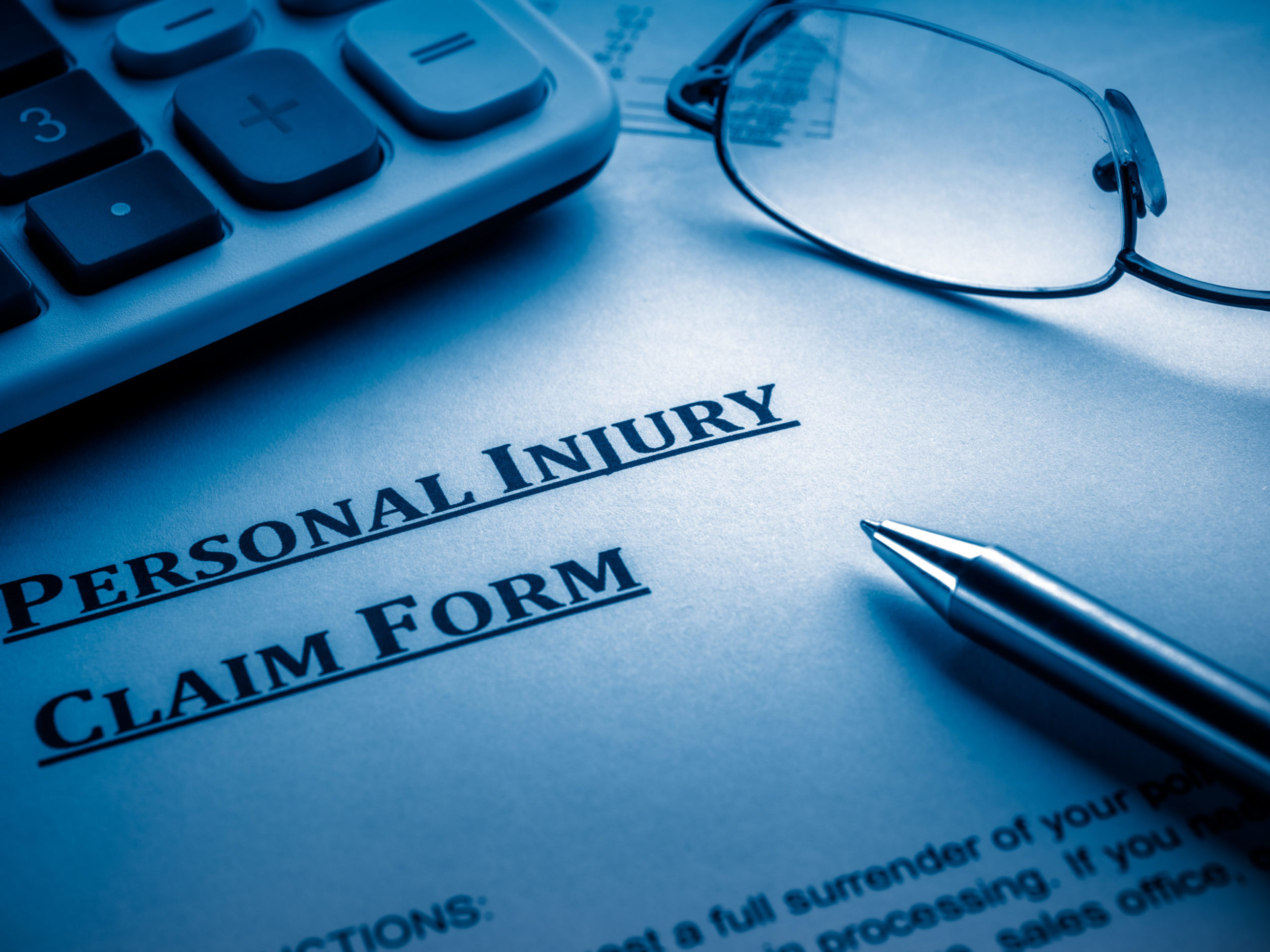Nearly everyone at some point in life has been involved in a personal injury situation. At Swigart Law Group, we receive several inquiries from people about whether they’re the victim of personal injury, and if they have a legal course of action to collect financial damages. Let’s look at what a personal injury case is, and what an individual can expect if they file a legal case in court.
Personal injury law, also known as tort law, allows a person who has been injured to file a case in civil court to collect legal remedies, also known as damages, for losses that were the result of an accident that left them injured. Damages can mean many things, but they typically include medical bills, pain and suffering, and diminished quality of life.
The following four categories are the main personal injury areas:
Accidents – This is the most common personal injury case, and typically occurs when someone accidents in a negligent way that causes injury to another person. Auto accidents are the most common personal injury case. Other examples include slip/trip and falls, work accidents and medical malpractice.
Intentional Acts – These acts occur when a person intentionally causes injury to another individual that causes damages. Assault is an example of an intentional act. It is important to note that theft is not an intentional pact within personal injury because it involves property, whereas in a personal injury case, the damage must have occurred to the individual.
Defective Products – This occurs when a person uses a product that may be defective and causes harm to the user. The company or manufacturer of the product can be held liable for damages under personal injury law.
Defamation – This type of personal injury law occurs when someone makes a public statement that damages another person’s reputation, thus making that person suffer financial losses as a result of the statement.
How Do I File a Personal Injury Lawsuit?
In California, an injured party has two years from the date of the injury to file a personal injury lawsuit. That person initiating the lawsuit becomes the plaintiff. The person who caused the injury is the defendant. Once the lawsuit is filed, attorneys for both plaintiff and defendant obtain all necessary documents and evidence in a process known as discovery. Most personal injury cases reach a settlement agreement between before going to trial. However, some cases will go to trail and are argued in court and before a judge.
Damages, or the financial compensation, are decided between the two attorneys during negotiation, or by a judge if the case goes to trial. The typical compensatory damages an individual can receive in a personal injury case include coverage of medical treatments, income replacement, property loss, pain and suffering compensation, and emotional distress remedies.
Unlike criminal cases, where the defendant can face jail time, the defendant in a personal injury case is not punished by law and cannot be jailed.
If you feel that you’ve been the victim of a personal injury, it’s important to talk with an experienced attorney who can advise you on your next steps and course of action. Do not wait to seek legal advice, especially if you’re suffering financially from the injury that occurred.
Swigart Law Grouphelps people who have been injured by banks, employers, drug and medical companies, or large corporations, and creates a meaningful and profound impact on the lives of people in the community. Our attorneys are experienced in the areas of consumer protection, privacy and data breaches. Unlike large law corporations, we hand-pick every case we take and we give each of our clients undivided personal attention.
 866.219.3343
866.219.3343
